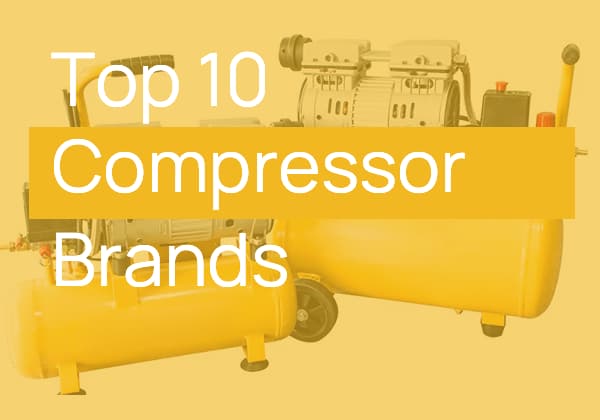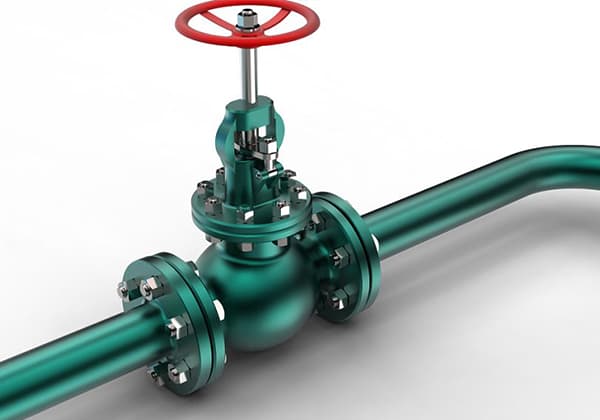
Imagine working in an environment where a single spark could lead to a catastrophic explosion. Understanding explosion-proof grades is essential to ensure safety in such hazardous areas. This article delves into the classification standards of explosion-proof equipment, explaining the different hazard zones and types of protective measures. By the end, you’ll know how to identify and implement the right explosion-proof solutions to prevent disasters.

Explosive Substances: Some flammable substances are produced in numerous production sites. Approximately two-thirds of underground coal mines contain explosive substances.

In the chemical industry, over 80% of the production facilities contain explosive substances.
Oxygen is present throughout the air. There are numerous electrical instruments utilized in the production process, which can serve as an ignition source. Electrical sparks from friction, mechanical wear, electrostatic discharge, high temperature, etc. are common and especially likely to occur when instruments and electrical equipment malfunction.
Many industrial sites objectively meet the conditions for an explosion. When the mixture of explosive substances and oxygen is within the explosive limit, an explosion will occur if there is an ignition source. Thus, it is crucial to implement explosion-proof measures.

|
Explosive materials |
Area Definition |
Chinese standard |
North American Standard |
|
Gas(CLASSI) |
Places where explosive gas mixtures exist continuously or for a long time under normal conditions. |
Zone 0 |
Div.1 |
|
Places where explosive gas mixtures may occur under normal conditions. |
Zone 1 |
||
|
Places where explosive gas mixtures are unlikely to occur under normal conditions, only occasionally or for a short time under abnormal conditions. |
Zone 2 |
Div.2 |
|
|
Dust or fiber(CLASSII/III) |
Under normal conditions, the explosive dust or the mixture of combustible fiber and air may occur continuously, frequently for a short time or exist for a long time. |
Zone 10 |
Div.1 |
|
Under normal conditions, the explosive dust or the mixture of combustible fiber and air cannot appear, but only in abnormal conditions, occasionally or for a short time. |
Zone 11 |
Div.2 |
|
NO. |
Explosion proof type |
code |
national standard |
Explosion proof measures |
applicable scope |
|
1 |
Flameproof type |
d |
GB3836.2 |
Isolate existing ignition sources |
Zonel.Zone2 |
|
2 |
increased safety |
e |
GB3836.3 |
Try to prevent ignition source |
Zone1.Zone2 |
|
3 |
Intrinsically safe |
ia |
GB3836.4 |
Limit the energy of the ignition source |
Zone0-2 |
|
Intrinsically safe |
ib |
GB3836.4 |
Limit the energy of the ignition source |
Zone1,Zone2 |
|
|
4 |
Barotropic type |
p |
GB3836.5 |
Hazardous substances shall be separated from ignition source |
Zonel,Zone2 |
|
5 |
Oil filled type |
o |
GB3836.6 |
Hazardous substances shall be separated from ignition source |
Zone1.Zone2 |
|
6 |
Sand filled mold |
q |
GB3836.7 |
Hazardous substances shall be separated from ignition source |
Zone1.Zone2 |
|
7 |
Non sparking type |
n |
GB3836.8 |
Try to prevent ignition source |
Zone2 |
|
8 |
exm |
m |
GB3836.9 |
Try to prevent ignition source |
Zonel,Zone2 |
|
9 |
Airtight type |
h |
GB3836.10 |
Try to prevent ignition source |
Zone1,Zone2 |

According to the minimum energy required to ignite an explosive gas, China, Europe, and most countries around the world classify explosive gases into four hazard levels based on the following table:
|
Working condition category |
Gas classification |
Representative gas |
Minimum ignition spark energy |
|
Factory under the mine |
I |
Ifire-damp |
0.280mJ |
|
Factory outside the mine |
IA |
propane |
0.180mJ |
|
IIB |
ethylene |
0.060mJ |
|
|
IIC |
hydrogen |
0.019mJ |
The United States and Canada initially categorized explosive objects dispersed in the air into three categories:
Class I: Gases and vapors;
Class II: Dusts;
Class III: Fibers.
Then, the gases and dusts were further divided into groups.
| Group | Representative gas or dust |
| A | ethyne |
| B | hydrogen |
| C | ethylene |
| D | propane |
| E | metal dirt |
| F | coal dust |
| G | grain dust |
| Temperature groups | Safe object surface temperature | Common explosive gas |
| T1 | ≤450℃ | Hydrogen, acrylonitrile and other 46 kinds |
| T2 | ≤300℃ | Acetylene, ethylene and other 47 kinds |
| T3 | ≤200℃ | Gasoline, butenal and other 36kinds. |
| T4 | ≤135℃ | Acetaldehyde, tetrafluoroethylene and other 6kind |
| T5 | ≤100℃ | Carbon disulfide |
| T6 | ≤85℃ | Ethyl nitrate and ethyl nitrite |
Meaning of Ex (ia) Ⅱ C T6:
| Sign content: | Symbol | Meaning |
| Explosion proof declaration | Ex | Comply with certain explosion-proof standards, such as China’s national standards |
| Explosion proof mode | ia | Class ia intrinsically safe explosion-proof method is adopted, which can be installed in Zone 0 |
| Gas category: | IIC | It is allowed to involve class IIC explosive gas |
| Temperature groups | T6 | The instrument surface temperature shall not exceed 85 ℃ |
Meaning of Ex (ia) Ⅱ C:
| Sign content: | Symbol | Meaning |
| Explosion proof declaration | Ex | Comply with European explosion-proof standards |
| Explosion proof mode | ia | Class ia intrinsically safe explosion-proof method is adopted, which can be installed in Zone 0. |
| Gas category: | IIC | It is allowed to involve class IIC explosive gas. |
Note: This symbol does not include a temperature group, indicating that the instrument is not in direct contact with the explosive gas.
Definitions of Safety Barrier Parameters:
Maximum Allowable Voltage of Safety Barrier: Um This parameter ensures the intrinsic safety performance of the intrinsically safe end of the safety barrier, and it represents the maximum voltage that may be input at the non-intrinsically safe end.
Maximum Open Circuit Voltage of Safety Barrier: Uoc This parameter represents the maximum voltage when the intrinsically safe terminal is open within the maximum allowable voltage range.
Maximum Short Circuit Current of Safety Barrier: Isc This parameter represents the maximum current value when the intrinsically safe terminal is short-circuited within the maximum allowable voltage range.
Allowable Distributed Capacitance of Safety Barrier: Ca This parameter represents the maximum allowable external capacitance of the intrinsically safe terminal while ensuring intrinsic safety performance.
Allowable Distributed Inductance of Safety Barrier: La This parameter represents the maximum allowable external inductance of the intrinsically safe terminal while ensuring intrinsic safety performance.
Format Description of Explosion-Proof Sign:
The explosive hazardous substances in the factory or mining area must be scientifically categorized and graded based on their ignition energy, minimum ignition temperature, and the duration of the presence of explosive hazardous gas on the site. This information is used to determine the explosion-proof signs and the explosion-proof equipment required on the site.
Format of Explosion-Proof Sign:
Ex (ia) ⅡC T4
This format consists of the explosion-proof mark, explosion-proof grade, gas group, and temperature group.

Grade ia:
Electrical equipment that cannot ignite explosive gas mixtures during normal operation, even with one fault or two faults.
During normal operation, the safety factor is 2.0; in the event of one fault, the safety factor is 1.5; and in the case of two faults, the safety factor is 1.0.
Note: Any contact with sparks must be equipped with an explosion-proof casing, airtight casing, or a double safety factor.
Grade ib:
Electrical equipment that is unable to ignite explosive gas mixtures even in the event of one failure during normal operation.
The safety factor during normal operation is 2.0, and in the event of one fault, the safety factor is 1.5.
During normal operation, contact with sparks must be protected by a flameproof enclosure or airtight enclosure, and measures for fault self-diagnosis must be implemented.
The safety factor in case of one fault is 1.0.








